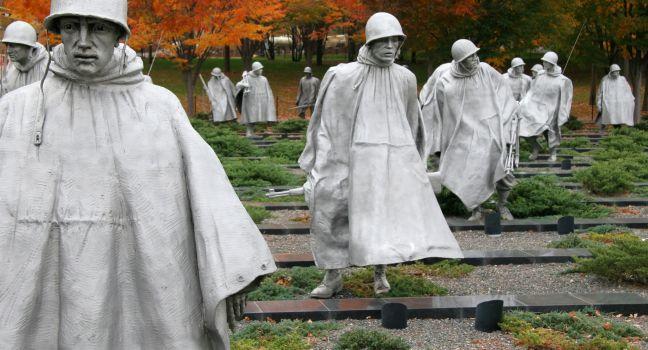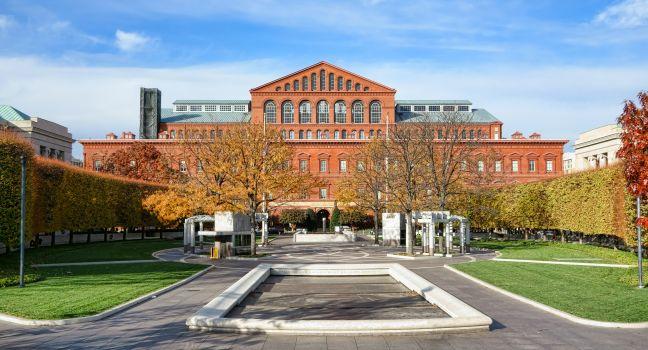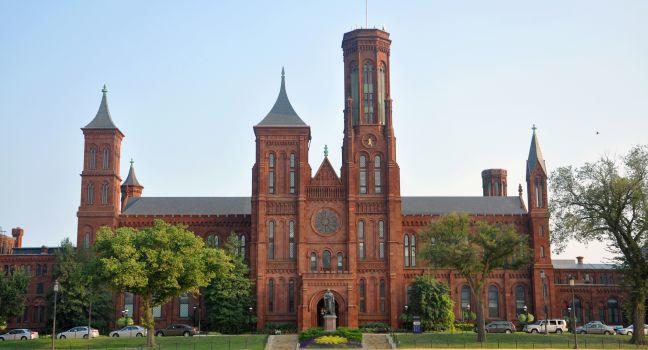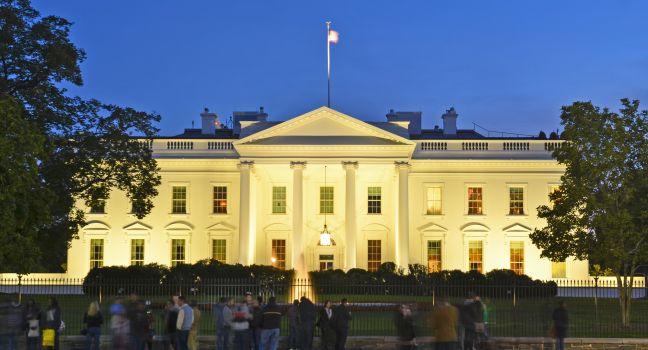From Childe Hassam's The South Ledges, Appledore to Nelson Shanks's The Four Justices, the Smithsonian American Art Museum features one of the world's largest collections of American art that spans more than four centuries. Over the past few decades, the museum has broadened its collection to include modern and contemporary art, too. Among the artists represented are Benny Andrews, José Campechi, Robert Indiana, Roy Lichtenstein, Isamu Noguchi, Robert Rauschenberg, Mickalene Thomas, and Charlie Willeto. The museum shares a National Historic Landmark building with the National Portrait Gallery.
On the first floor, you'll discover an enormous tinfoil altarpiece by James Hampton and more than 60 sculptures and paintings by Emery Blagdon that represent his thought-provoking and constantly changing Healing Machine. You can also experience American works from the 1930s, many created as part of New Deal programs. Highlights here include Marvin Beerbohm's Automotive Industry, Lily Furedi's Subway, and Edward Hopper's Ryder's House. Also on the first floor is the Direct Carving exhibit, which showcases artists who work directly on a piece of stone or wood.
Art from the Colonial period to the dawn of modernism is displayed throughout the galleries on the second floor. Discover masterpieces by Mary Cassatt, Frederick Carl Frieseke, Thomas Moran, Harriett Whitney Frishmuth, George Catlin, Albert Bierstadt, Winslow Homer, and John Singer Sargent, to name just a few.
The museum's third floor features modern and contemporary paintings and sculpture and the Watch This! gallery, where you can see a selection of works from the museum's media art and film collection. Highlights include Nam June Paik's billboard-size piece with 215 monitors showing video images from the Seoul Olympics, Korean folk rituals, and modern dance.
At any given time, many of the museum's holdings are in storage, but you can view more than 3,000 artworks in its Luce Foundation Center, a visible storage space on the third and fourth floors, where visitors can also watch the museum's conservators at work. Free docent-led tours of the museum are available every day at 12:30 and 2.







